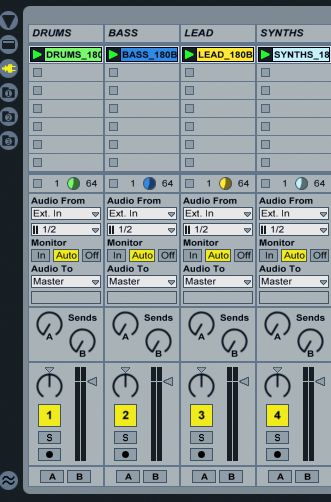

I know it will open up new horizons for your music, just like it did for mine.Ĭome visit I’ve got all kinds of freebies and more over there to fire up that creative spark.Vocals are a big part of the mix, but they’re not the only part.

#Izotope stutter edit license file manual#
There’s so much more, so be sure to dive into the manual and check out the website to get the whole picture. Those are just some of the possibilities. Not one side chain compressor, but 88 of them for you to play at will on your synth bus throughout a song. It’s the one thing you need in your toolbox for exciting, modern ear candy edits for the stereo master or individual tracks.įinally, it can be used as a powerful sidechain and amplitude gate (trance gate), with each key a different pattern of gating or ducking. It’s an absolute wormhole of power and inspiration. Every one of these effects can have complex modulations on every parameter, all locked to grid, executed from a single held-down midi note.Įxperimenting is the greatest thing about Stutter Edit 2. A powerful analog flanger, distortion for Neuro Bass-like edits, and way more. There’s a comb filter that offers absolute insanity (a la Glitch Mob, Dave Tipper, Koan Sound) on your beats. There is a reverb with 13 parameters that can be automated in real time with a single midi note (think eurorack type complexity, on this reverb alone).

The first version of Stutter Edit was incredibly powerful, and the new version is like that to the nth power.

Unlike a normal plugin where you put it on a track, set it, and forget about it - Stutter Edit 2 is unique in that you play it from a midi keyboard. The most incredible part has been to see you use it in ways that I’d never imagined. It’s crazy what a humbling and thrilling ride it’s been to watch this blossom from an idea as a kid to something used in some of my favorite media. Stutter Edit has been used in Star Wars, Stranger Things, Taylor Swift records and is on the radio and in films every day. I partnered with iZotope, and the rest is history. Somehow, still not positive how, I got there in the end. I’m talking endless coding hackathons on my couch with three guys while at the same time scoring The Fast and Furious. Well, that turned out to be another five-year adventure. I thought, how hard could it be to make a plug-in? I’d studied programming as a kid and learned music programming languages at school like cSound, MAX/MSP, a bit of Super Collider, and even a little BasicA (I’m serious!). It was a massive time sink and repetitive motion nightmare (don’t get me started on that business, but trust me when I say it’s not fun). All this crazy stuff I was doing to audio had to be done by hand. People even began to come to me to produce their records because they heard this technique of mine and loved it.īut there was a catch-and a big one at that. The sounds were UNREAL, and it kept getting better and better. Eventually, I was able to do some of this manually in the early DAW’s and even expand on this technique-cutting in 128th notes, adding a flanger, reverse, fade-in, apply lo-fi. Throughout my early years as an up and coming artist, I was obsessed with recreating that “early magic” I’d discovered with cutting tape. What inspired the Stutter Edit technique?


 0 kommentar(er)
0 kommentar(er)
